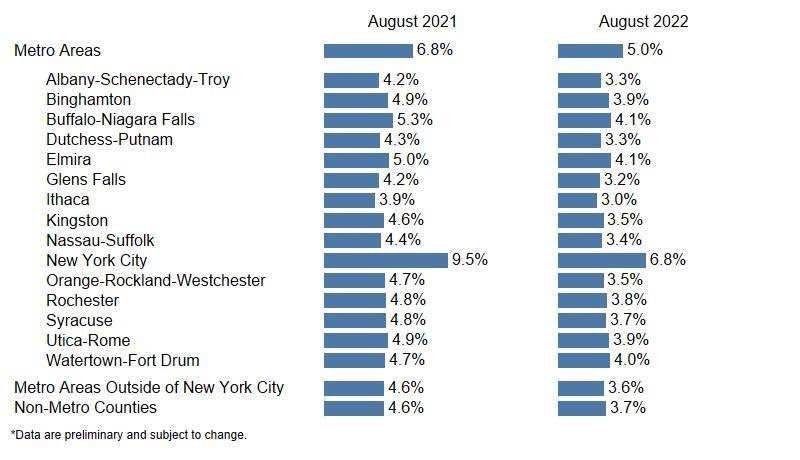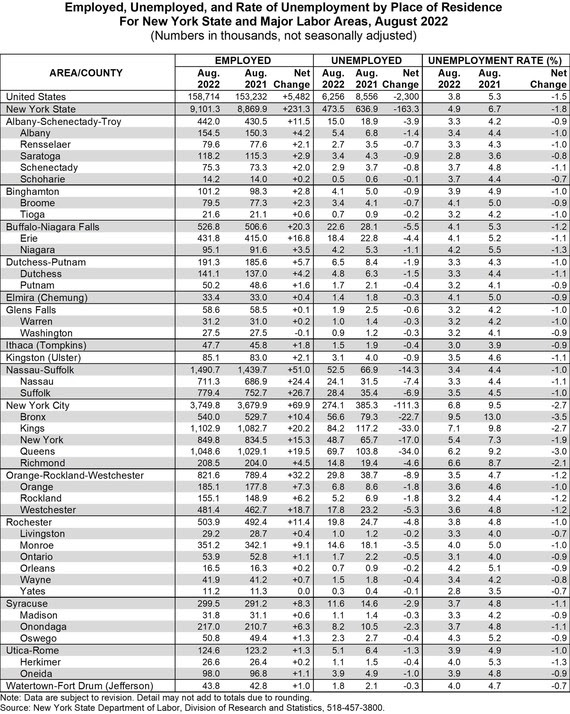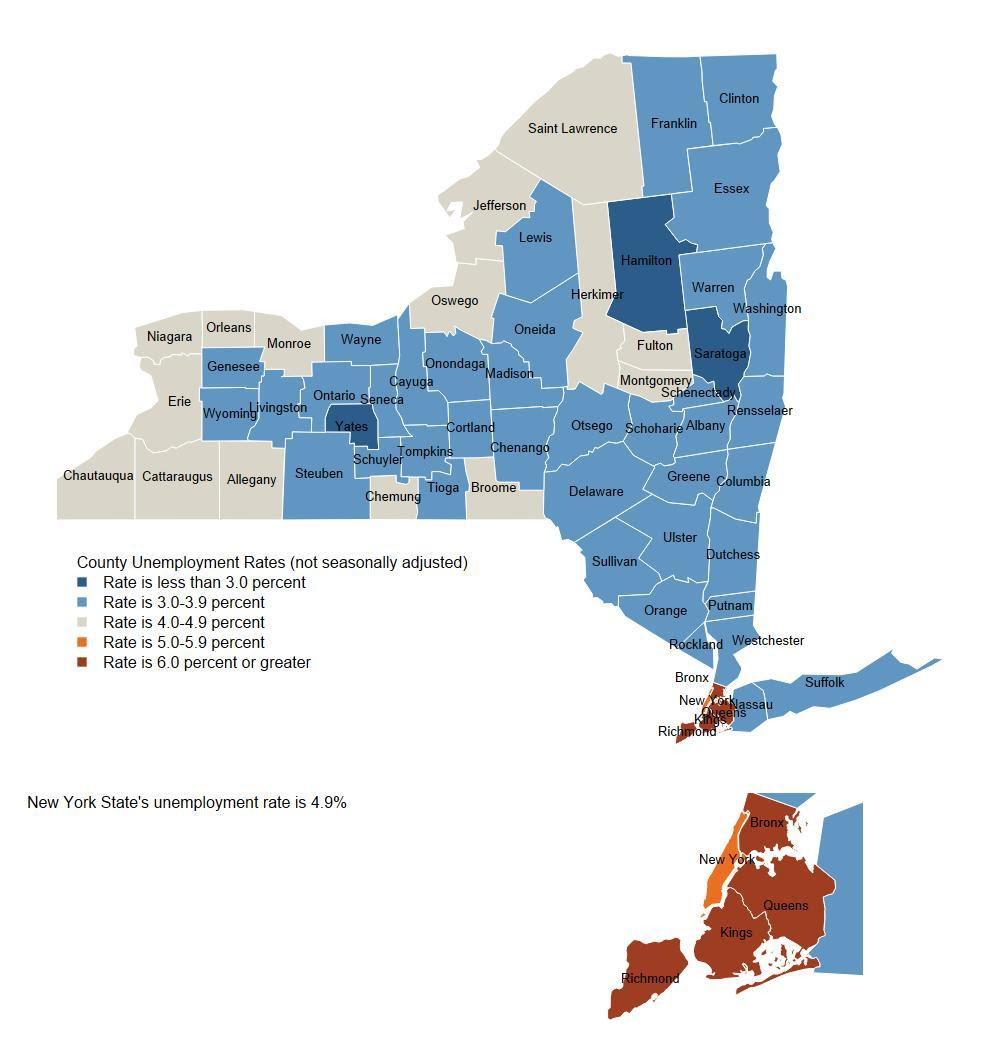Social Bond Proceeds Will Finance Over 3,000 Units of Affordable Housing in New York City
Meets Growing Investor Demand for Investments That Advance Socially Conscious Goals
New York City Mayor Eric Adams and New York City Comptroller Brad Lander today announced that the city will issue approximately $400 million of taxable general obligation social bonds in October 2022. Proceeds from the sale of these bonds will support more than 3,000 units of affordable housing in New York City and advance the goals of Mayor Adams’ “Housing Our Neighbors: A Blueprint for Housing and Homelessness” plan to provide New Yorkers the safe, high-quality, affordable homes they deserve.
This is the city’s first sale of social bonds, which are part of an emerging class of Environmental, Social, and Governance (ESG) bonds that support projects with positive social and environmental outcomes. S&P Global Ratings has provided an opinion that the bonds are aligned with the International Capital Market Association Social Bond Principles, which support projects that fund affordable housing and socioeconomic advancement and empowerment. The S&P opinion is one of the strongest they have issued to date for a social bond issue, assigning grades of “advanced” for use of proceeds and project selection and evaluation.
The social bonds are intended to broaden the appeal for the city’s bonds and deepen the investor base by appealing to the strong and growing demand among investors looking for investment opportunities aimed at addressing specific social objectives. As taxable bonds, they are also expected to appeal to pension funds, corporate bond buyers, and asset managers, which are not traditional purchasers of municipal bonds. The proceeds of the sale of these social bonds will be dedicated solely to reimburse city spending on affordable housing projects, prioritizing New Yorkers with the greatest needs.
“Building more affordable housing is critical to advancing the vision laid out in our ‘Housing Our Neighbors’ plan,” said Mayor Adams. “This groundbreaking sale of the city’s first social bonds will ensure we are tapping a rising source of investor demand to promote a stronger, more resilient city, while investing in projects that support the positive social and environmental changes we want to see in the world.”
“Increasing the supply of genuinely affordable housing is both a critical priority for the City of New York and an attractive investment for socially conscious investors,” said Comptroller Lander. “As demand for ESG investment opportunities grows, the City of New York aims to connect with new investors interested in putting their capital into municipal programs that support more sustainable communities.”
In 2021, investors bought approximately $50 billion in new issue municipal ESG bonds, up 79 percent from the previous year. Since 2018, approximately $36 billion of municipal bonds designated as social bonds have been issued, with more than 68 percent designated for affordable housing.
This bond offering will finance projects currently in development under the New York City Department of Housing Preservation and Development’s Extremely Low- and Low-Income Affordability (ELLA) program, Supportive Housing Loan Program (SHLP), and Senior Affordable Rental Apartments (SARA) program. The financed projects will provide an estimated 2,452 homes under the ELLA program, 682 homes under the SHLP program, and 153 homes under the SARA program. More than 70 percent of the units are for households making 60 percent or less of area median income ($72,060 for a family of three), and 909 of the homes will provide permanent housing for individuals and families formerly experiencing homelessness.
All of the projects financed are new construction and must comply with the Enterprise Green Communities Criteria (EGCC) or the New York City Overlay to the EGCC or pursue Leadership in Energy and Environmental Design (LEED) v4, gold or platinum certification. Subject to market conditions, the pricing for the $400 million of taxable fixed-rate bonds will take place on Tuesday, October 4, 2022, via negotiated sale led by Citigroup and Morgan Stanley as joint lead managers.
Concurrently with the taxable bonds, the city will sell $950 million of tax-exempt fixed-rate bonds. Subject to market conditions, pricing for the tax-exempt fixed-rate bonds will also take place on Tuesday, October 4, via negotiated sale through an underwriting syndicate led by book-running lead manager Citigroup, with BofA Securities, J.P. Morgan Securities, Jefferies, Loop Capital Markets, Ramirez & Co., RBC Capital Markets, Siebert Williams Shank, and Wells Fargo Securities serving as co-senior managers. Retail investors will have priority in placing orders for the tax-exempt bonds during a one-day retail period beginning on Monday, October 3, 2022.
The preliminary official statements for the tax-exempt and taxable fixed rate bonds are expected to be available by September 20, 2022, on MuniOS.com.
This is not an offer to sell or a solicitation of an offer to buy bonds. Bonds may only be purchased through a broker. Prospective investors are encouraged to carefully review the preliminary official statement, which describes the bonds.







